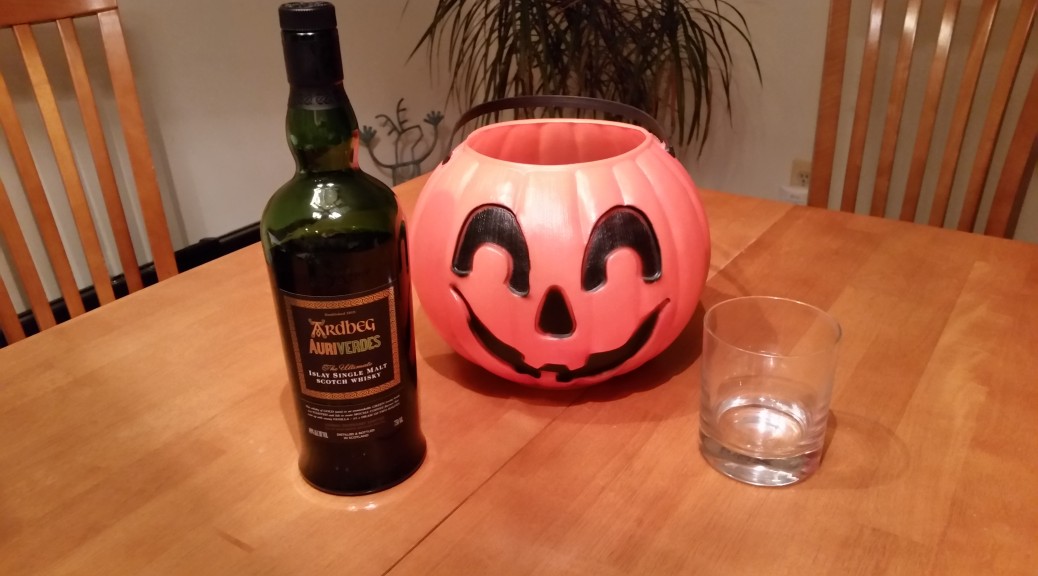Restaurant acoustics
In a word…
Suck
Most of this blog will be anecdotal and based on memory. I often hear people say “the acoustics are really good in this room”, and I wonder if they know the definition of “good” acoustics. Then I wonder if I know. I think the experience challenges us as individuals to define good acoustics subjectively and for those of us who work in acoustics to try to define good acoustics objectively. Or more appropriately to separate our subjective notion of good acoustics from a working technical definition that suits a specific engineering problem.
This essay is my attempt to clarify these notions and point out some reasons that I’ve learned recently why some commercial spaces are simply intolerable from an acoustic perspective. Remember readers, this is not an academic article. It is correct to the best of my ability and truthful but still a stream of consciousness essay. In particular I cite no references.
So, when you walk into a room and say it has good acoustics what do you actually hear? Try this exercise or experiment if you get the chance.
Go to a racquet ball court or similar room, we had one in our gym at an apartment complex. Go in, close the door and clap once very hard or whistle in a short burst. What do you hear? In my experience I hear about 20 seconds of reverb. More specifically a sequence of rapid echoes of the clap then a hissing noise that decays over time. Now try the same experiment at the Como Inn restaurant in Chicago (if it’s still open). I wish I could think of a better example, one not related to the topic of this essay but there is none. Perhaps a drapery store or oriental carpet store (if you are an acoustician and have access to an anechoic chamber try that!) Now, without scaring the other customers, whistle or clap and listen. Chances are you will not hear what you heard in the previous experiment. Depending on the type of environment you should hear fewer echoes and not much hissing after (more likely no hissing). The idea was to put you in an environment with no acoustic reflecting surfaces. Como Inn c1990 is my idea of a perfect restaurant environment.
The experiments in the previous paragraph involved opposite ends of the environmental spectrum. The first involved a box with near perfect acoustic reflectors while the second was meant to replicate ideal acoustic absorbers (or diffusion). In the first environment sound will bounce around practically forever and you will keep hearing echoes and reverb. In the second example the environment was as close as one can get to an infinite space where sound travels from the source and never bounces off anything, no echo and no reverb. Of course this is not what happened, sound did reflect off of the drapes, carpet and other soft material. The soft materials have two effects, one is absorption of some of the sound and the other is diffuse scattering which weakens the echo. You may hear something but not like in the first example. As you approach the ideal the power of any sound source should dissipate by an inverse square law, called geometric spread.
Now that you have some idea of the extreme cases ask yourself which one represents “good acoustics”. Depending on your own life experience and expectations you could go either way. For many of us the answer is not a simple binary, one or the other, but dependent on what you are trying to achieve acoustically. Between the two extremes is a continuum of variations and no way to classify them by a single variable. Imagine the racquet ball court as a starting point. As you add carpet on the floor, fabric on the walls, even people, the amount of echo and reverb should diminish. However add a large rectangular structure made of a hard material and some echo will return and this echo may have a different character or time delay as compared to that heard in the empty room. In short, the echoes and reverb and all background noise are a function of how you fill the room. Cover all 6 sides with high quality, highly absorptive, acoustic tiles and you will have created an anechoic chamber from your racquet ball court.
For me personally the second example, an anechoic chamber, represents my idea of good acoustics. There’s no background noise no echo, and I can hear sources with a predictable sound level. Perhaps this is because for much of my life I’ve been a musician, working in music studios for rehearsal and recording. Especially recording. Do you really think music would sound good covered up with a chaotic mess of reverb? No way, the engineer would have no control over the mix. That doesn’t mean that we don’t like reverb, there is a knob on my amp for it. But this is a controllable effect that allows me to recreate some of the sounds associated with being in an arena far from the stage without hearing a mess from multiple sources overlapping.
Now on to restaurants, the topic of this essay. Growing up in Chicago I remember going to Como Inn several times. They had a large open dining area with tables but what I remember most was the private booths. The bench style seats were covered in soft fabric and the walls were also covered in an absorbing material. Several people could sit and converse and practically not interfere with each other. Neighbors could not hear each others conversation. It was a fairly quiet, noise free environment.
Later in life I began to notice that some restaurants seemed loud and others soft. I was aware of the acoustic material related issues but didn’t really pay attention to that. Sometimes I thought the people there on a given day were just being loud. When I began to study acoustics more in depth and started teaching musical acoustics I became more aware of the details of my environment. One case in point was a trip to a small restaurant on Main St in Madison NJ. I don’t recall the name of it but it isn’t there anymore. I had one of the best steaks of my life there and the worst time. It was a small venue with maybe 8 tables. The decor was like an Italian cafe or bistro and the walls were painted dark to create a romantic mood (I guess). It was like sitting in the cone of silence in Get Smart. My wife and I were sitting across from each other, 2.5 feet at most, leaning into each other and we couldn’t hear a damn thing over the 100dB reverb (obvious exaggeration). We could hear details of other conversations and of course the hyena like laughing from the girl’s night out table. I looked around and noticed the ceiling and part of the walls were covered in acoustic tiles. I had been working on building an anechoic chamber and did some gratis consulting for a school radio studio booth at the college I was teaching at so I was quite familiar with a variety of tiles, baffling and vendors for purchasing such products. I noticed that these were high end tiles and they were in a color that was not available from any vendor I knew. When the owner came by to ask us how everything was I couldn’t pass up the opportunity to ask about the tiles. He stated that they were expensive and supposed to make the space quiet but they didn’t seem to work very well, he was disappointed. I asked where he managed to get the color to which he indicated that the default color didn’t match the decor so they ordered grey and painted over them with several layers of glossy indoor paint. This act alone most assuredly ruined the ability of the tiles to perform their intended function. This poor guy was trying to make his space quieter and the unintended consequence of adhering to style was a noisier space.
A couple years later we were living in Princeton NJ. We decided to try a new steak house near Rt. 1. I don’t recall the name but it was a high end chain restaurant. The decor was beautiful, high ceilings with large wood beams framing glass, tiled floors. In other words every surface was large, smooth and hard (acoustically speaking). As we sat in the waiting area we could hear things happening 100 ft away like they were happening right next to us. Dishes clinking, people talking, even in the kitchen “this goes to table 12, don’t forget the side order.” It was at this point that I had officially had it. I felt like we were sitting in a huge acoustic lens right at the focal point. It was as if someone was playing a cruel joke and trying to see if they could make people physically pop from the amplified acoustic pressure. I was not alone, my wife (who is usually more patient than me and very objective about things) was covering her ears. We just could not understand how a waiting area could be so obnoxious and uncomfortable just from background noise. We exchanged a few comments and then actually got up and left. I made a point of telling the hostess, politely, that we would not dine here with noise level so high. I believe that in this case the proprietor intended to make the space noisy.
I’ve taken note of the materials of every restaurant I’ve been in for some time now and on some occasions I do see a lot of soft absorbing materials but in many chain restaurants every surface is a huge flat reflector. I’ve read blogs and listened to interviews where this issue is discussed. Clearly the owner is saving money by not adding acoustic tiles or absorbing surfaces to the room but to what avail? Well some say that it’s better for business, that a space that is too decorated will scare customers away as it equates to too expensive. I’ve even heard that noisy spaces make customers eat and drink more and at a faster pace. So it seems like your comfort is being sacrifficed to line someone’s pocket.
I could go on and on about more examples but I think I’ve made my point. I hope the reader will take more opportunities to explore the acoustics of their environment as a result of reading this. One more example may be helpful. If you ever go apartment hunting or house shopping check out the difference between spaces that are furnished versus unfurnished and those with old hard wood floors and plaster walls versus ones with wall to wall carpeting.
Copyright 2014 David R Bergman




